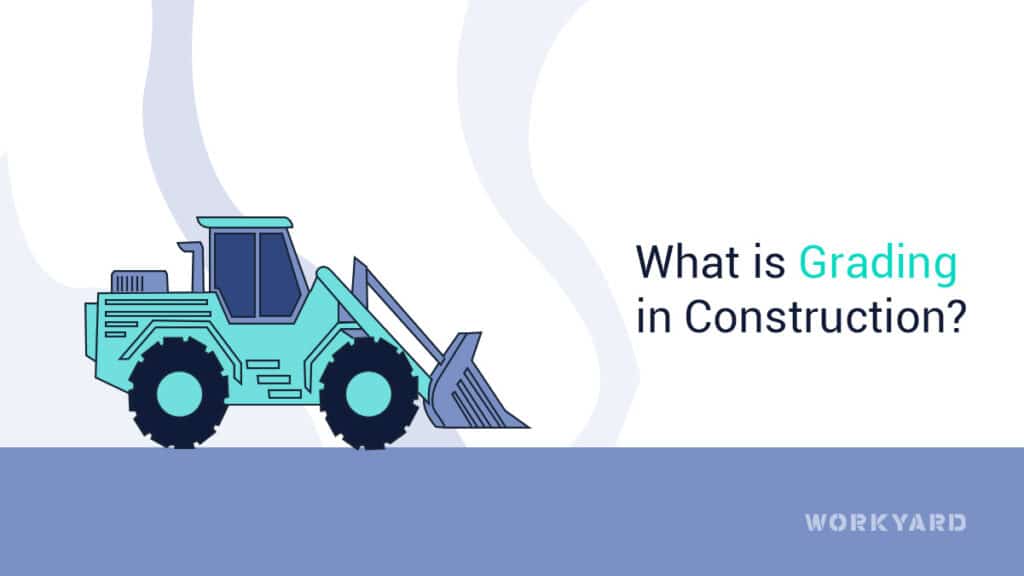This question is about Hiring a Subcontractor.
What Is Grading In Construction
The primary purpose of grading in construction is to create a stable and uniform surface that can support structures, roadways, drainage systems, and landscaping. It involves careful planning and execution to ensure proper water drainage, erosion control, and the prevention of soil settlement.
Here are several key aspects of grading:
- Site Analysis: Before grading, a thorough analysis of the site is conducted to assess the existing conditions, including soil composition, topography, and drainage patterns. This analysis helps determine the appropriate grading techniques and strategies.
- Clearing and Excavation: The site is cleared of any vegetation, debris, or existing structures that may hinder the grading process. Excavation may be required to remove excess soil or rocks to achieve the desired grade.
- Cut and Fill: Grading involves both cutting and filling. Cutting refers to the removal of excess soil to lower the elevation while filling refers to adding soil to raise the elevation. This process helps achieve the desired slope and contours of the land.
- Compaction: Compaction is crucial to ensure the stability and strength of the graded surface. It involves using specialized equipment to compact the soil layers, reducing the risk of settling and soil erosion.
- Drainage Planning: Proper drainage is essential to prevent water accumulation and ensure the longevity of the construction project. Grading considers the natural water flow patterns and incorporates drainage features like slopes, swales, and drainage channels.
- Erosion Control: Grading should include measures to prevent erosion, such as installing erosion control blankets, retaining walls, or vegetation to stabilize the soil and protect against erosion caused by wind or water.
Grading requires expertise and adherence to local building codes and regulations. It’s typically carried out by professional grading contractors using specialized equipment and techniques. Proper grading provides a stable and safe foundation, setting the stage for a successful construction project.

References
- 1
SafetyCulture. “A Guide to Grading in Construction.” Accessed on July 19, 2023.
- 2
United States Environmental Protection Agency. “Land Grating.” Accessed on July 19, 2023.